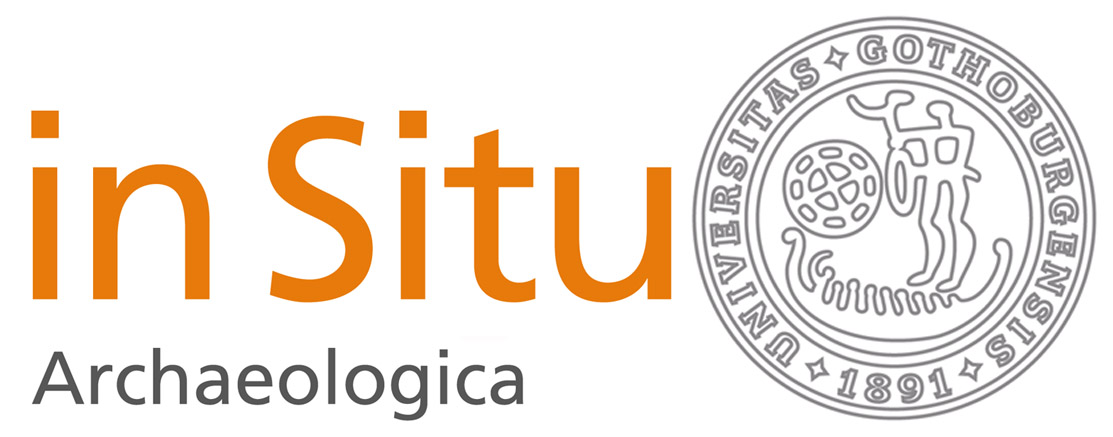<sup>14</sup>C-dateringar, hus och bebyggelseutveckling
DOI:
https://doi.org/10.58323/insi.v14.9325Abstract
A large prehistoric site, Stafsinge 133, was excavated in 2016 near Falkenberg, Sweden. Mainly, archaeological remains from late Bronze Age and early Iron Age were found. Only three of the 26 houses were dated to an earlier period. No remains occurred from later periods. The question is whether this is a general circumstance in the surrounding landscape. Therefore, a study was carried out of all 14C-analyses from archaeological investigations in three parishes nearby Stafsinge 133. The study involved all prehistoric houses that have been excavated in the area. Since 1986, 268 14C-samples from 49 prehistoric sites have been analysed. The total number of houses included was 100. The study of 14C and prehistoric houses showed that the period most likely to be expected at an archaeological excavation in the area around Falkenberg is between 1000 BC and the year 0. The study also showed that 14C-analysis was much more commonly performed at excavations before 1998 than after that year.
Nedladdningar
Downloads
Publicerad
Referera så här
Nummer
Sektion
Licens
Copyright (c) 2020 Ola Kadefors

Det här verket är licensierad under en Creative Commons Erkännande 3.0 Internationell licens.
Författare som bidrar till In Situ Archaeologica har givit sitt medgivande att publicera sina artiklar under en Creative Commons-licens. Den ger tredje part vissa rättigheter till att nyttja materialet. Rättigheterna styrs av vilken licens verket är publierad under. Det åligger tredje part att sätta sig in i verkets creative common licens innan materialet används i eget syfte. Det är alltid författaren som har copyright till verket och allt nyttjande av tredje part förutsätter att ett tydligt erkännande ges till verkets upphovsperson, att en länk till licensen tillhandahålls.



